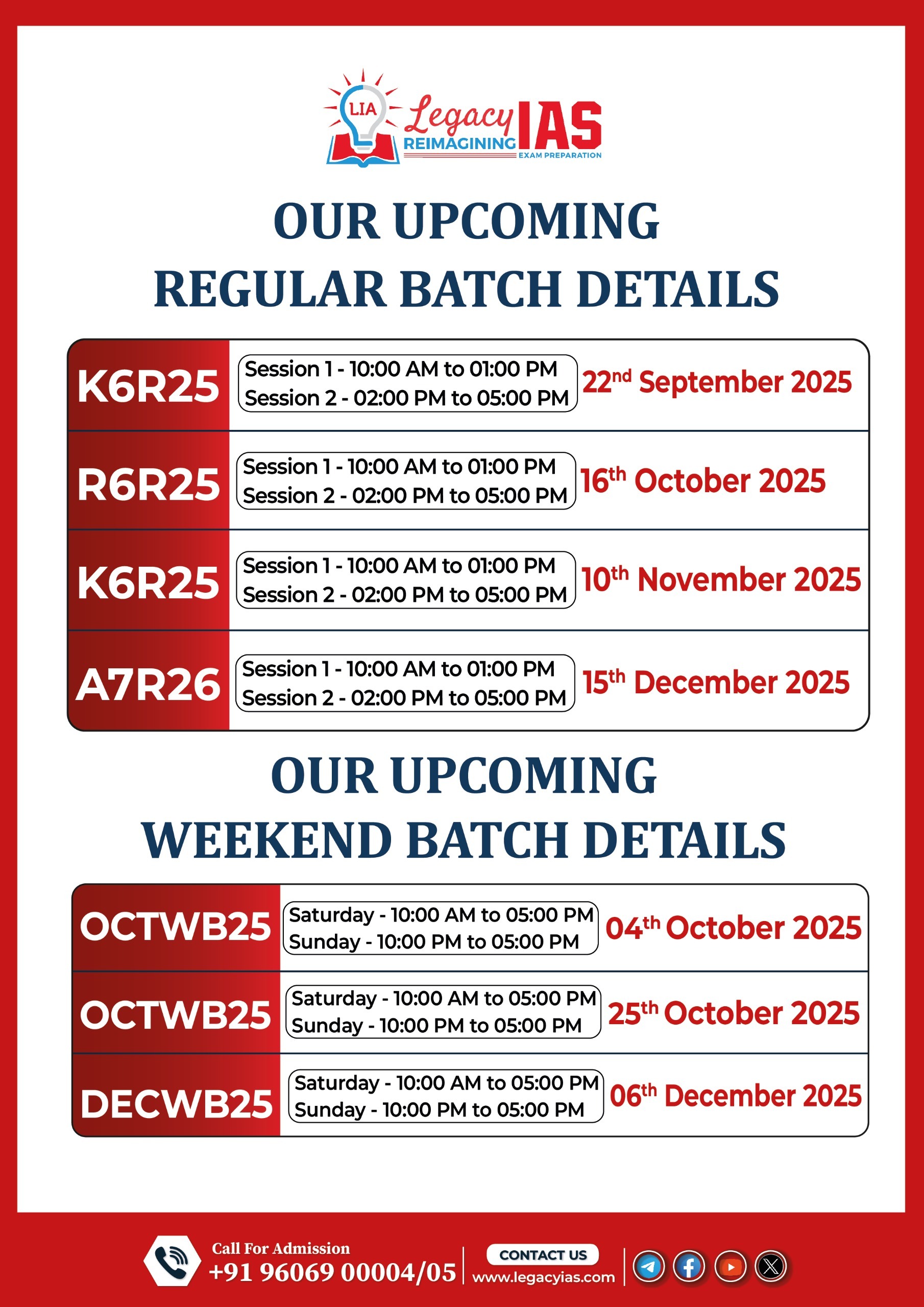Why in News ?
- A joint initiative by conservationists, wildlife officials, academics, and students seeks to secure the Ramsar Site tag for the Rowmari–Donduwa Wetland Complex located inside Laokhowa Wildlife Sanctuary, part of the Kaziranga Tiger Reserve in Assam’s Nagaon district.
- The site has shown higher avian diversity than existing Ramsar sites in the Northeast — Deepor Beel (Assam) and Loktak Lake (Manipur).
Relevance:
- GS-3 (Environment | Biodiversity & Conservation):
• Ramsar Convention and India’s wetland management policies.
• Conservation of floodplain–marsh ecosystems in the Brahmaputra basin.
• Role of community participation and scientific monitoring in wetland protection. - GS-1 (Geography):
• Riverine landscapes and ecological linkages between protected areas.
• Human–environment interaction in floodplain ecosystems.
Basic Facts
- Wetland Complex: Rowmari Beel and Donduwa Beel (≈3 sq. km).
- Location: Within Laokhowa Wildlife Sanctuary (70.13 sq. km), connected to Burhachapori WLS and forming part of the Kaziranga–Orang landscape corridor.
- Governing Authority: Assam Forest Department; proposal submitted for Ramsar designation.
- Recent Census:
- Rowmari Beel: 20,653 birds of 75 species.
- Donduwa Beel: 26,480 birds of 88 species (Kaziranga Waterbird Census 2025).
Ecological Significance
- Habitat Type: Floodplain–marsh ecosystem of the Brahmaputra River basin.
- Avifaunal Richness: ~120 resident and migratory species recorded annually.
- Notable Species:
- Globally threatened: Knob-billed Duck, Black-necked Stork, Ferruginous Pochard.
- Migratory species: Northern Pintail, Lesser Whistling Duck, and Common Teal.
- Ecological Services:
- Groundwater recharge and flood control.
- Carbon sequestration and nutrient recycling.
- Biodiversity hotspot for fish, amphibians, and aquatic plants.
Conservation Context
- Corridor Function: Acts as an ecological linkage between Kaziranga and Orang National Parks, crucial for movement of tigers, rhinos, and elephants.
- Threats:
- Siltation and seasonal floods from Brahmaputra.
- Encroachment and conversion to paddy fields.
- Poaching and unsustainable fishing.
- Climate-driven wetland shrinkage.
- Community Role: Civil society groups and students involved in citizen science initiatives—bird counts, habitat mapping, and awareness drives.
Ramsar Convention Overview
- Adopted: 1971, Ramsar (Iran).
- Came into Force (India): 1982.
- Objective: Conservation and wise use of wetlands of international importance.
- Total Ramsar Sites (India, 2025): 93(covering >1.3 million ha).
- Existing in Northeast:
- Deepor Beel (Assam) – 2002
- Loktak Lake (Manipur) – 1990
- Criteria: Sites must meet one or more ecological criteria (biodiversity, rare species, migratory bird habitat, hydrological importance, etc.).
Significance of Ramsar Designation
- International Recognition: Enhances global visibility and funding for conservation.
- Policy Support: Enables integration into State Wetland Authority and Wetlands (Conservation and Management) Rules, 2017.
- Eco-tourism Potential: Promotes sustainable livelihood opportunities for local communities.
- Monitoring: Encourages data-based wetland management and regular ecological assessments.
Broader Linkages
- Aligns with National Wetland Conservation Programme (NWCP) and National Mission for a Clean Ganga (NMCG).
- Supports India’s National Biodiversity Action Plan (NBAP) and SDG 15 – Life on Land.
- Reinforces India’s commitments under the Convention on Biological Diversity (CBD) and Paris Agreement (ecosystem-based adaptation).



